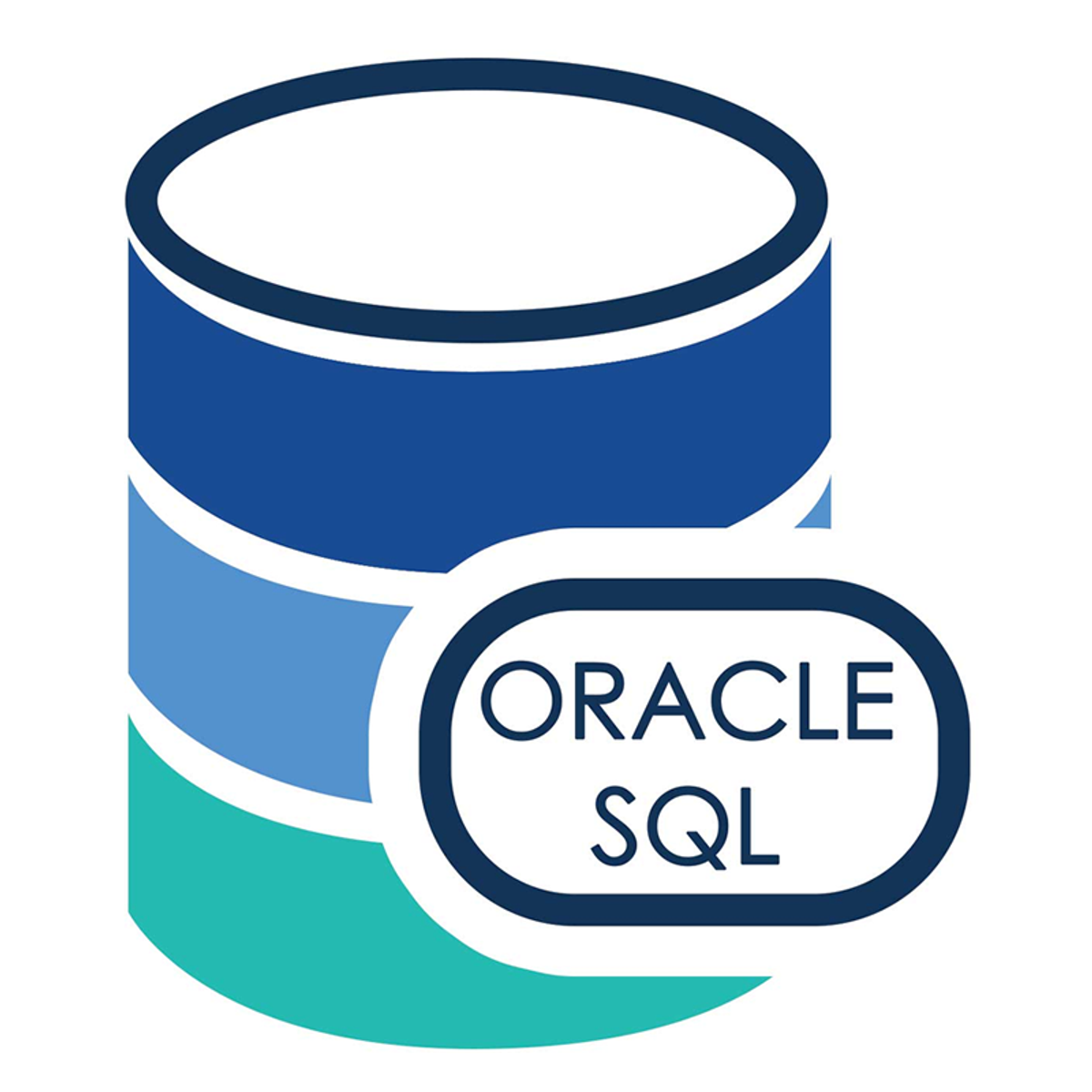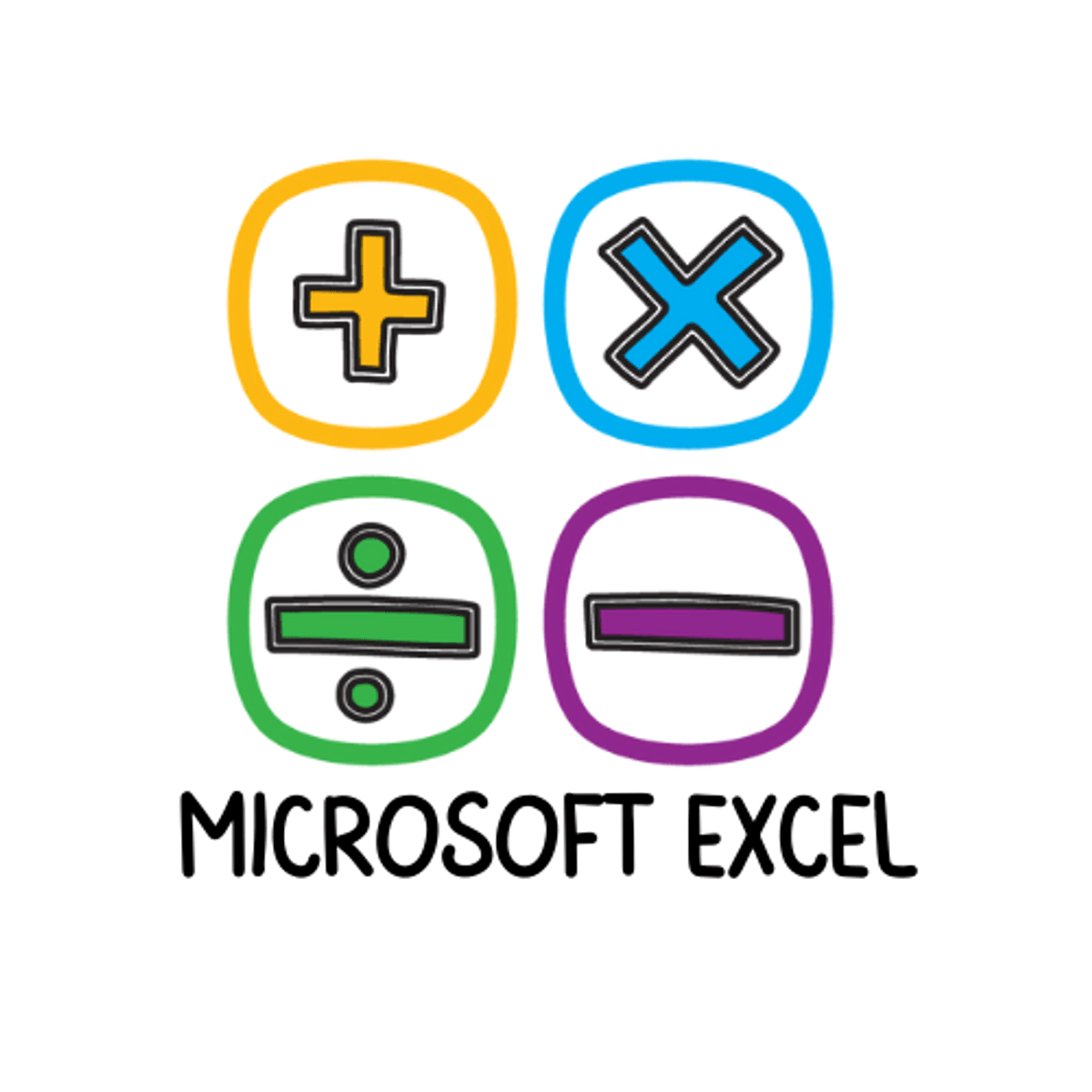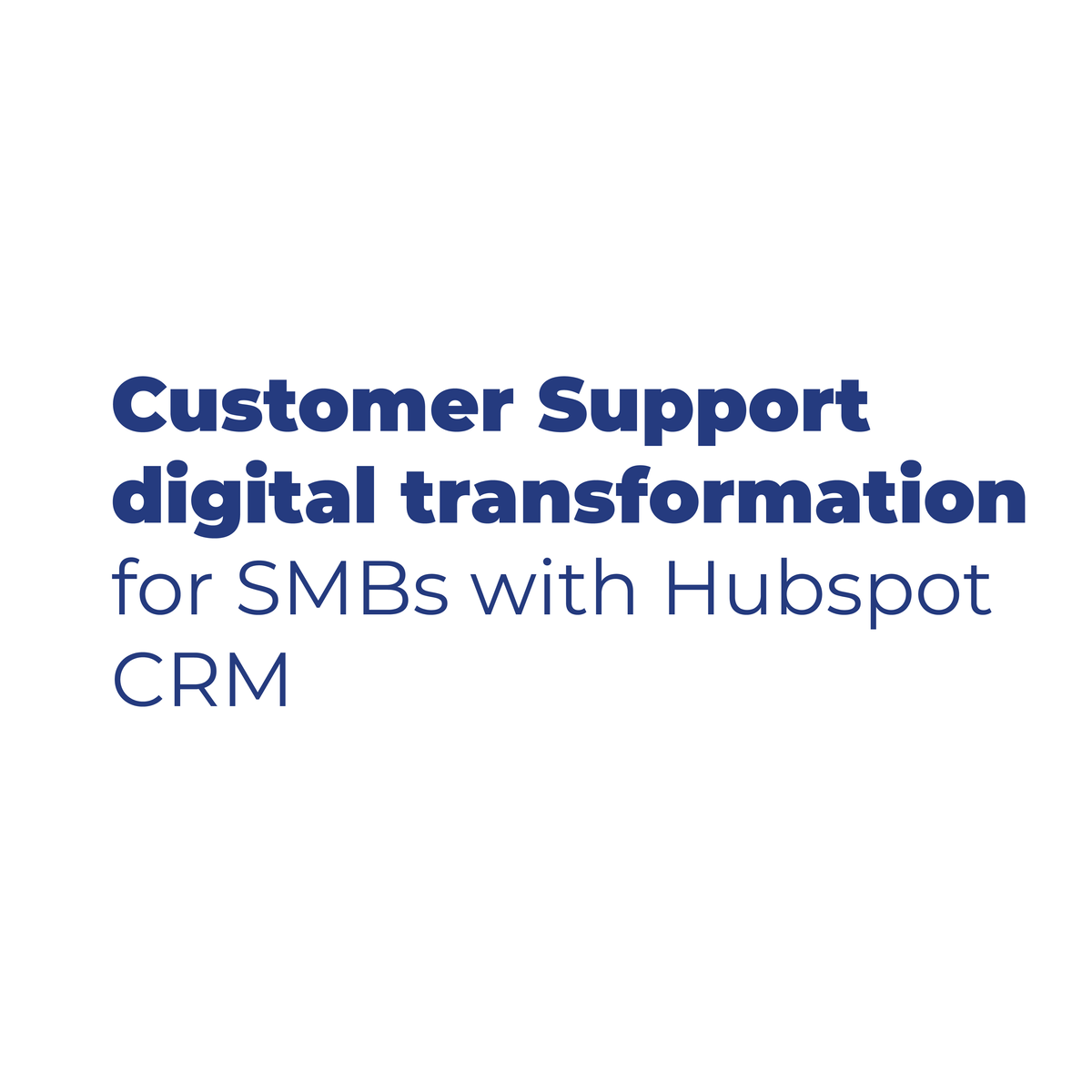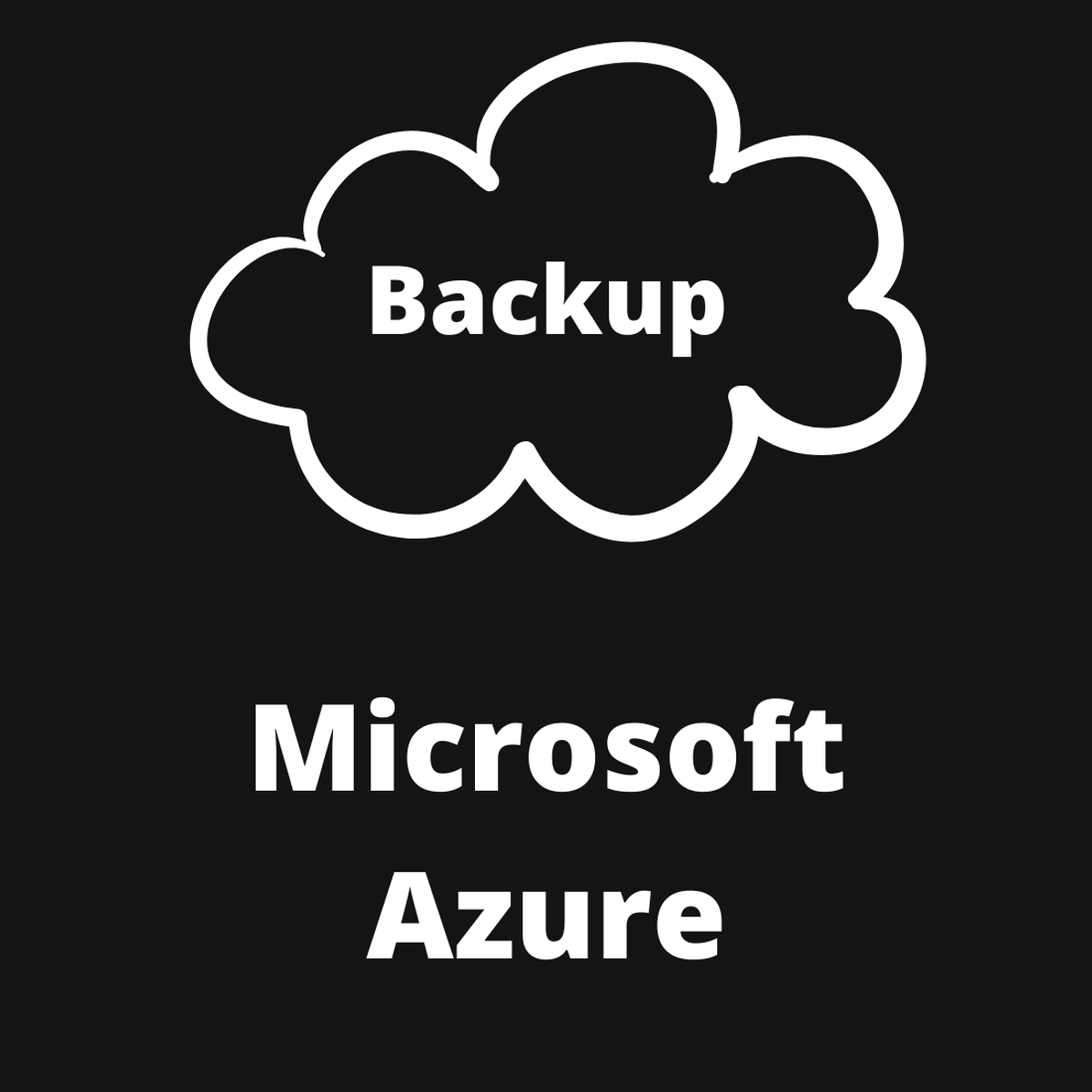Back to Courses









Data Management Courses - Page 9
Showing results 81-90 of 399

Oracle SQL Proficiency
This course is designed to help you continue learning about Oracle SQL and database management. We will look more closely at the Create, Alter, and Update commands, explore database relationships, and demonstrate how to use database views and SQL functions.
It is recommended that you complete the first three courses of this specialization prior to this one.

Getting started with Microsoft Excel
In this project, you will learn everything basic about Microsoft Excel. This program is wonderful to work with numbers, analytics, tables and create inventories. It is a program that facilitates our work to keep everything in order. You can find information about each section that we have and cover the essential tools of this program. You will be completing different tasks to understand and use the Microsoft Excel tool. Excel contains many non-visible tools that we will discuss along with this project. You can know several formula options that are available. Learn how to accommodate these forms to your liking, with visibility is perceptible and attractive. We will talk about numbers, organization, colors, and letters. We will organize the letters even in different directions to get ideas to organize the content. Excel creates calendars of organization, inventories, daily, weekly, or monthly expenses, and much more. When this program was first known, it was more for people who worked with analysis in the positions they handled. Today, many people, from students to teachers to content creators to science analytics, all use this application. For that reason, knowing this tool and all the options that you can offer to facilitate you in personal or professional life will help you continue climbing in the world.

Command Line in Linux
Linux is a popular operating system that is based on the Unix operating system. It has many distributions which have different interfaces for installing software, different user interfaces, and so on. One thing all of the ‘distros’ have in common is that they all have a command line interface, or terminal. In fact, sometimes there is no user interface except the terminal itself. A Linux server running a web application on AWS, for example, may only contain the software required to run the application, and no GUI ‘window’ system at all. It is crucial to learn the Linux command line if you are going to be a productive Linux user and/or administer a Linux server.
In this course, you will use Linux commands to navigate Linux directories, search for files, search for patterns, create files and directories, and remove files and directories.
Note: This course works best for learners who are based in the North America region. We’re currently working on providing the same experience in other regions.

BigQuery: Qwik Start - Console
This is a self-paced lab that takes place in the Google Cloud console. This lab shows you how to query public tables and load sample data into BigQuery using the Web UI. Watch the short videos Get Meaningful Insights with Google BigQuery and BigQuery: Qwik Start - Qwiklabs Preview.

Artificial Intelligence: An Overview
The course will provide a non-technical overview of the artificial intelligence field. Initially, a discussion on the birth of AI is provided, remarking the seminal ideas and preliminary goals. Furthermore, the crucial weaknesses are presented and how these weaknesses have been circumvented. Then, the current state of AI is presented, in terms of goals, importance at national level, and strategies. Moreover, the taxonomy of the AI topics is presented.

Manipulating Data with SQL
In this course you will learn to write the SQL code to manipulate the data in a relational database table. You’ll begin by populating the table with data. Since a database and its tables are designed and built to be repositories of data, getting the data into the tables is a critical activity in the building of a working database.
When building a new home, the real test of your design comes when the furniture and family move in. It’s much the same with designing and building database tables—the real test comes when you load data into the tables and begin to use it.
As you work through and complete hands-on tasks, you’ll become familiar with SQLiteStudio, the database management system used in the course. You’ll experience first-hand the impact data types and constraints have on manipulating table data. For example, as you enter new data into a table, you’ll appreciate the extra protection provided by the primary key constraint. It will not let you insert two rows into a table that are exactly alike.
In addition to adding data to the tables, you’ll write the SQL code used to modify existing data values and to delete rows of data. Managing and manipulating data are SQL’s primary purposes, and SQL coding will be a powerful addition to your tool set.
Note: This course works best for learners who are based in the North America region. We’re currently working on providing the same experience in other regions.

Customer Support digital transformation with HubSpot
In this 1-hour long project-based course, you will learn how to identify the concept of business digital transformation, as well as the different types of business digitization, how to determine the role of customer support in your company and identify the customer support processes, how define Customer Relationship Management (CRM) and interpret the importance of using it in your business context and how to customize your own CRM using the HubSpot CRM tool. It will also give you the know-how of evaluating the alignment between your customer support digital transformation and your existing business strategy.
Note: This course works best for learners who are based in the North America region. We’re currently working on providing the same experience in other regions.

Programming in Python
In this course, you will be introduced to foundational programming skills with basic Python Syntax. You’ll learn how to use code to solve problems. You’ll dive deep into the Python ecosystem and learn popular modules, libraries and tools for Python.
You’ll also get hands-on with objects, classes and methods in Python, and utilize variables, data types, control flow and loops, functions and data structures. You’ll learn how to recognize and handle errors and you’ll write unit tests for your Python code and practice test-driven development.
By the end of this course, you will be able to:
• Prepare your computer system for Python programming
• Show understanding of Python syntax and how to control the flow of code
• Demonstrate knowledge of how to handle errors and exceptions
• Explain object-oriented programming and the major concepts associated with it
• Explain the importance of testing in Python, and when to apply particular methods
This is a beginner course for learners who would like to prepare themselves for a career in back-end development or database engineering. To succeed in this course, you do not need prior web development experience, only basic internet navigation skills and an eagerness to get started with coding.

Implementing Microsoft Azure Backup
In this one hour long project, you will learn everything you need to know to start working with Azure backup. We will begin by setting up a Recovery Services Vault where Azure stores all the backup data and then we will create backup policies. In the latter part of the course, we will create a Free tier virtual machine and we will implement an entire virtual machine backup. By the end of this course, you will gain the ability to utilize the Azure cloud for all of your backup needs.

Creating a Data Transformation Pipeline with Cloud Dataprep
This is a self-paced lab that takes place in the Google Cloud console. Cloud Dataprep by Trifacta is an intelligent data service for visually exploring, cleaning, and preparing structured and unstructured data for analysis. In this lab you will explore the Cloud Dataprep UI to build a data transformation pipeline.
Popular Internships and Jobs by Categories
Find Jobs & Internships
Browse
© 2024 BoostGrad | All rights reserved